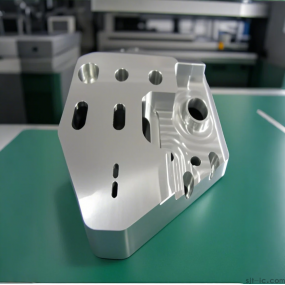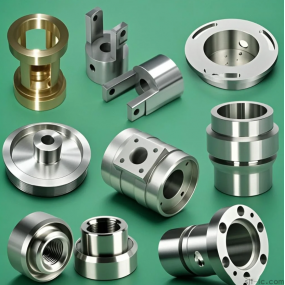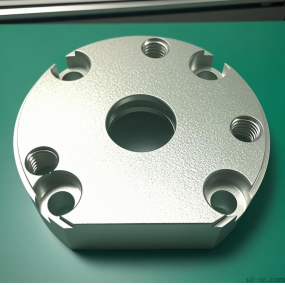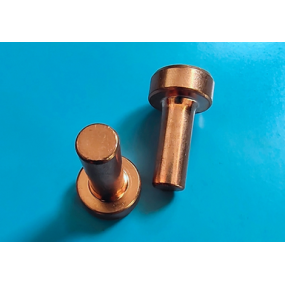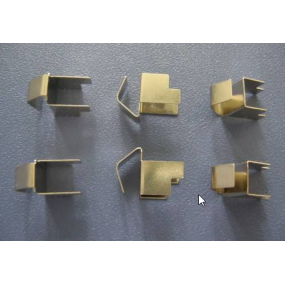Stuck at a crossroads, deciding how to manufacture your brilliant new product part? You've narrowed it down to two main paths: injection molding or CNC Machining. But when you're not planning to make a million units right away, the classic question hits hard: Is it better to invest in a mold or just go with CNC machining for low-volume production? 🤔 Let's break down this puzzle together, step by step.
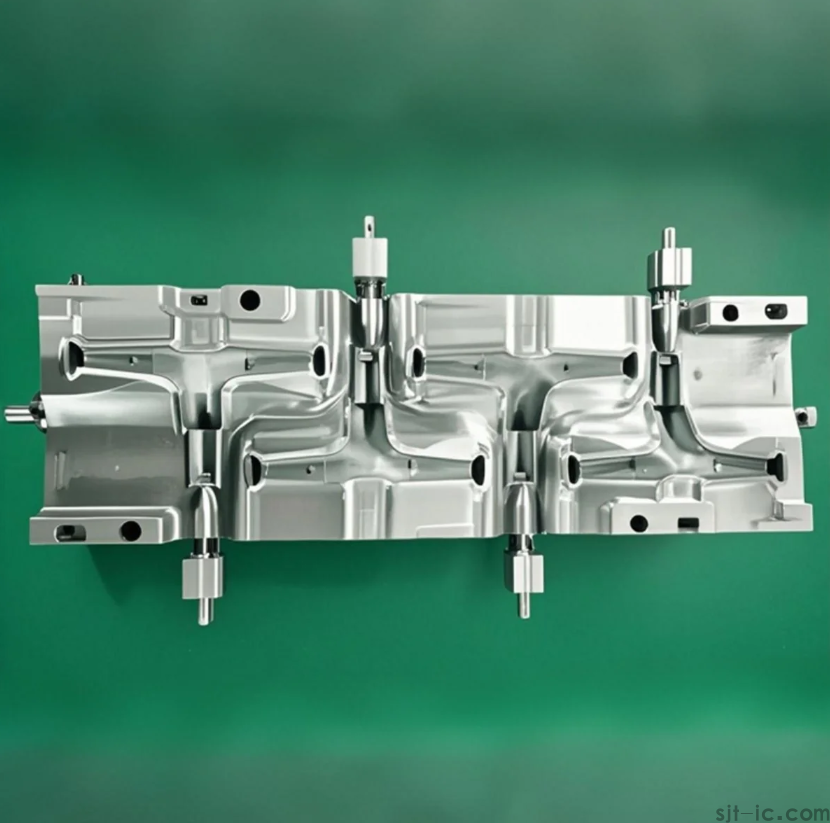
So, Which One Actually Wins for Small Batches?
The short answer is: it's not a simple win. For low-volume production—think dozens to a few thousand parts—CNC machining often has the edge. But wait, that doesn't mean molding is completely out of the game. The real winner depends on your specific project's details. Let's dive into the why.
Why CNC Machining is a Go-To for Smaller Orders
When you're testing the waters or have a limited run, CNC machining shines for a few key reasons:
✅ Lower Upfront Cost: You don't need to spend tens of thousands of dollars on a steel mold before making a single part. You just pay for the machine time and material.
✅ Speed to First Part: You can get a finished part in your hands in days, not weeks. There's no waiting for mold design, fabrication, and testing.
✅ Design Flexibility: Made a mistake in your design? Need a tweak? With CNC, you just update the digital file. With a mold, even a small change can mean starting over from scratch, which is costly and time-consuming.
From my own experience, this flexibility is a lifesaver for startups. You can iterate quickly based on real-world feedback without burning through your budget.
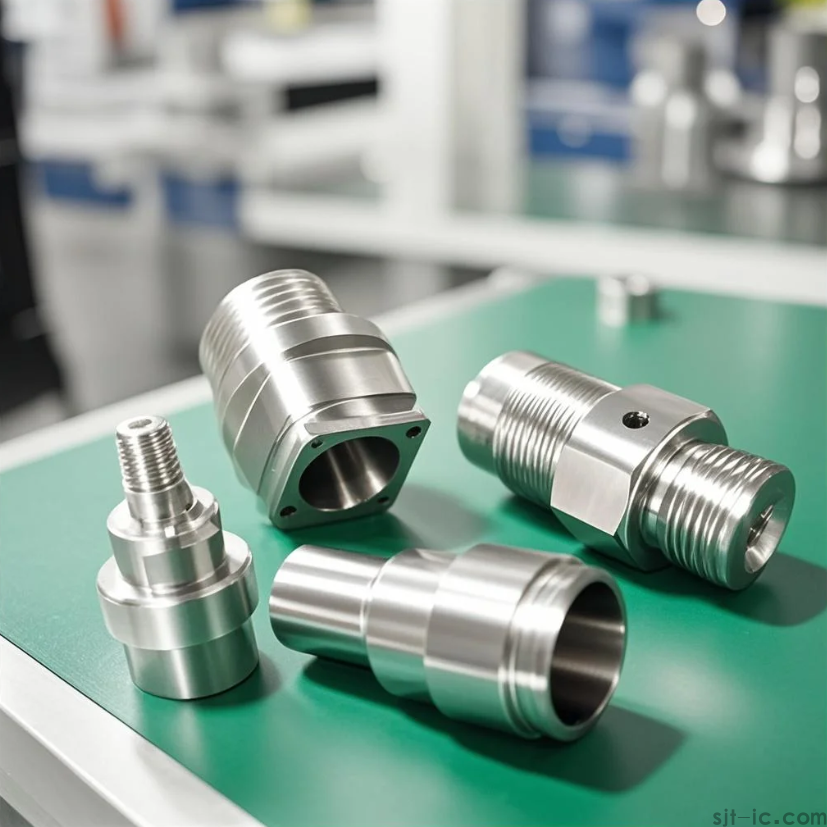
But Don't Count Molding Out Just Yet
Okay, so CNC sounds great. But here's the twist... injection molding has its own superpower for production that becomes obvious over time.
🔥 The Per-Unit Cost Plummets: Once that expensive mold is made, the cost to produce each individual part drops dramatically. If you know you'll eventually need thousands or tens of thousands of pieces, the high initial mold cost spreads out.
🔥 Unbeatable Speed & Consistency for High Volumes: After the mold is ready, you can churn out identical parts every 30-60 seconds. A CNC machine might take hours to make that same part once.
🔥 Better for Certain Materials: If your heart is set on a specific plastic, molding might be the only practical way to go for the desired strength and finish.
However, the big "but" here is the initial investment. It's huge and it's a gamble if you're not 100% sure about your design.
The Real-World Choice: It's a Numbers Game
So how do you choose? You need to look at the break-even point.
Imagine a scenario:
- Mold Cost: $10,000
- Cost per Part (Molding): $1
- Cost per Part (CNC): $50
For 100 parts, CNC would cost $5,000. Molding would cost $10,000 + (100 * $1) = $10,100. CNC is cheaper.
For 500 parts, CNC costs $25,000. Molding costs $10,000 + (500 * $1) = $10,500. Now, molding is massively cheaper.
This crossover point is what you need to find for your project. Perhaps this suggests that for volumes below your break-even point, CNC is the clear financial winner.

A Smart Hybrid Approach You Might Not Have Considered
What if you didn't have to choose one forever? This is a strategy I've seen smart companies use:
Phase 1: Use CNC machining for your initial prototype run, market testing, and early sales. This keeps costs low and allows for design tweaks.
Phase 2: Once your design is stable and demand is proven, invest in an injection mold for the long-term, cost-effective production.
This path gives you the best of both worlds: low risk at the start and high efficiency later on.
Still Unsure About Your Project's Best Path?
We get it—every project has its own quirks. The "right" answer depends on your specific part design, material, timeline, and budget. Why not talk it through with an expert? Our team is ready to help you analyze your needs and find the most efficient and cost-effective way to bring your part to life. 💬
👉 Click to chat with our specialists now and get a free project review!


 Spanish
Spanish Arabic
Arabic French
French Portuguese
Portuguese Belarusian
Belarusian Japanese
Japanese Russian
Russian Malay
Malay Icelandic
Icelandic Bulgarian
Bulgarian Azerbaijani
Azerbaijani Estonian
Estonian Irish
Irish Polish
Polish Persian
Persian Boolean
Boolean Danish
Danish German
German Filipino
Filipino Finnish
Finnish Korean
Korean Dutch
Dutch Galician
Galician Catalan
Catalan Czech
Czech Croatian
Croatian Latin
Latin Latvian
Latvian Romanian
Romanian Maltese
Maltese Macedonian
Macedonian Norwegian
Norwegian Swedish
Swedish Serbian
Serbian Slovak
Slovak Slovenian
Slovenian Swahili
Swahili Thai
Thai Turkish
Turkish Welsh
Welsh Urdu
Urdu Ukrainian
Ukrainian Greek
Greek Hungarian
Hungarian Italian
Italian Yiddish
Yiddish Indonesian
Indonesian Vietnamese
Vietnamese Haitian Creole
Haitian Creole Spanish Basque
Spanish Basque

